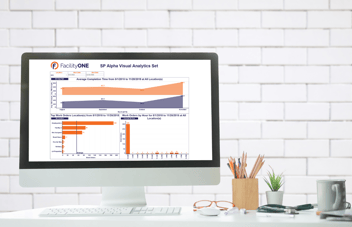Computer-Aided Facility Management vs. Facility Management Software
In the world of facility management, the terms "Computer-Aided Facility Management (CAFM)" and "Facility Management Software" are often used interchangeably. However, while these tools serve similar goals—streamlining facility operations, improving asset management, and supporting maintenance—they have distinct differences that are important for facility managers to understand when selecting the right system for their needs.
What is CAFM?
CAFM refers to technology systems explicitly designed to support facility operations, focusing on managing spaces and assets within a physical environment. It combines software with hardware (like sensors or IoT devices) to create a virtual model of the facility. Core CAFM functions include space planning, occupancy tracking, asset management, and building maintenance. Through these functionalities, CAFM systems allow users to visualize and manage physical spaces efficiently, providing valuable insights into space utilization and helping optimize overall facility use.
What is Facility Management Software?
Facility management software is a broader term encompassing a range of digital tools designed to simplify various aspects of facility management, from work order processing and maintenance scheduling to vendor management and compliance tracking. These systems focus on automating and organizing facility workflows without always requiring physical space management, making them ideal for facilities with diverse maintenance and operational needs. Facility management software is often cloud-based, offering mobile accessibility and flexibility, making it easier for teams to manage tasks.
Key Differences
While CAFM often emphasizes spatial and asset visualization, facility management software focuses on managing facility workflows and operational tasks. CAFM may be ideal for organizations prioritizing space management, while facility management software serves those looking for comprehensive, flexible, and mobile-friendly solutions for diverse facility needs. Understanding these differences can help organizations select the most effective system to meet their unique facility management goals.
.png?width=268&height=52&name=f1-logo2%20(1).png)


